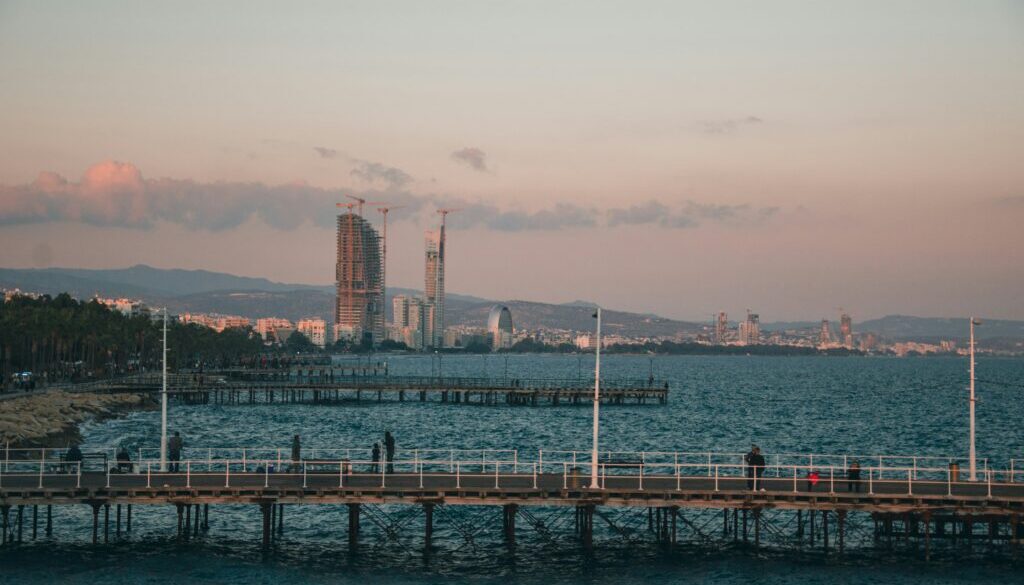History of Limassol
Limassol’s story starts within the shadows of antiquity, settled between the ancient city-kingdoms of Amathus (established c. 1100 BCE) and Kourion, both flourishing Greek settlements by the Bronze Age. Whereas Amathus dominated the region for centuries, Limassol’s rise started afterward, likely after Amathus declined within the 7th century CE, when nearby settlements expanded into a unified town under Byzantine influence. Early Christian scholars referred to it as Theodosiana or Neapolis, and by the 10th century, it got to be known as Lemesos-a name still used today.
Post-World War II, Limassol became a hotspot in the EOKA rebellion (1955–1959) against British rule. The city endured curfews and violence until Cyprus gained independence in 1960.
Nowadays, Limassol flourishes as Cyprus’s second-largest city, known for its wine festivals, revitalized marina, and mix of medieval ruins and modern high-rises.
Notable Historical Places in Limassol
Limassol Castle
Originally built by the Byzantines in the 13th century, this fortress witnessed Richard the Lionheart’s marriage to Berengaria of Navarre in 1191. Reconstructed by the Ottomans in 1590, it now houses the Medieval Museum, exhibiting artifacts from Crusader, Venetian, and Ottoman rule.
Ancient Kourion
A Greco-Roman city-kingdom dating to the 12th century BCE, Kourion features a 2nd-century BCE amphitheater still used for performances. The House of Eustolios boasts complex 5th-century mosaics, while the Sanctuary of Apollo Hylates served as a devout center for over 1,200 years.
Amathous Archeological Site
Once a major city-state (1100 BCE–7th century CE), Amathous incorporates remnants of a Temple of Aphrodite, a royal palace, and underground tombs. Its harbor was a key trading hub for copper and wine.
Kolossi Castle
Built in 1210 by the Knights Hospitaller, this 15th-century fortress was a Crusader stronghold and center for sugar production. Its tower offers all encompassing views of Limassol’s vineyards.
Choirokoitia Neolithic Settlement
A UNESCO World Heritage Site (7000 BCE), this well-preserved settlement uncovers stone residences and artifacts from one of the earliest organized societies in the eastern Mediterranean.
Ayia Napa Cathedral
A neoclassical landmark (1906) dedicated to the Virgin Mary. Its design mixes Byzantine and Gothic elements, reflecting Limassol’s religious differences.
Limassol Old Town
A maze of Ottoman-era roads with traditional workshops, cafes, and the Grand Mosque (16th century). The area preserves Venetian and British colonial architecture.
House of Eustolios
Part of the Kourion complex, this Roman estate features mosaics of fish and birds, alongside inscriptions praising hospitality – a testament to ancient Cypriot daily life.
Photo by: Sasha Cures




